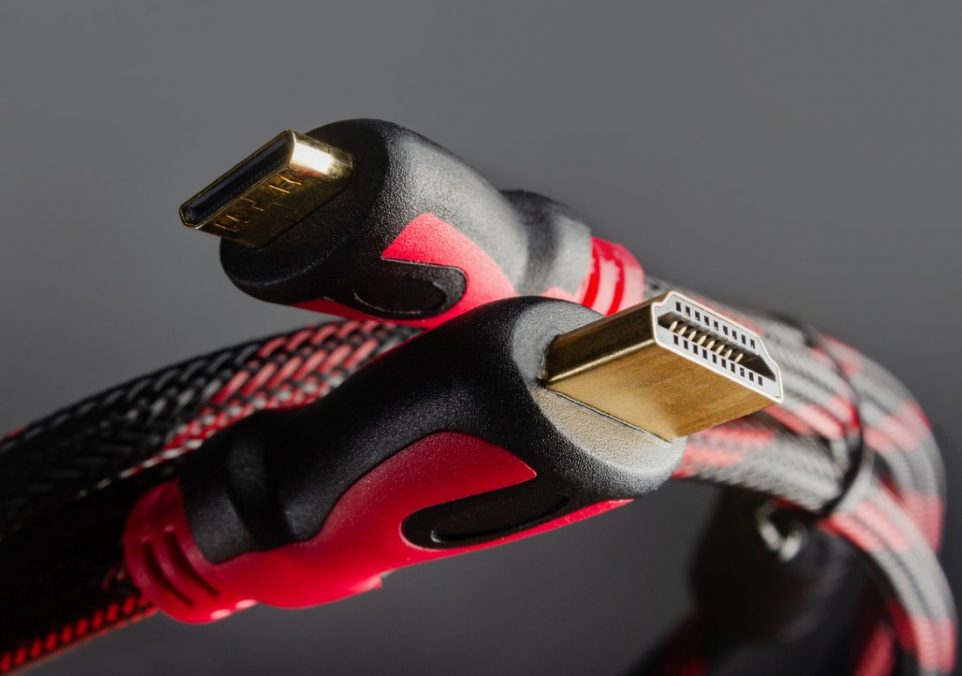No HDMI Signal From Your Device? 5 Common Causes and Solutions

In the age of advanced multimedia technology, HDMI (High-Definition Multimedia Interface) has become the standard for transmitting high-quality audio and video signals between devices. However, encountering a frustrating “No HDMI Signal” message on your screen can quickly turn your entertainment or work plans into a troubleshooting ordeal. The absence of a proper signal can stem from various sources, often leaving users puzzled and seeking answers.
In this article, we’ll delve into five of the most frequent causes behind the “No HDMI Signal” problem and provide practical solutions to help you get back to seamless connectivity.
Faulty HDMI Cable
One of the most common culprits behind the “No HDMI Signal” issue is a defective HDMI cable. Over time, cables can wear out due to bending, twisting, or exposure to environmental factors. If your cable is damaged or the connectors are loose, it can disrupt the signal transmission. To fix the problem, swap out the HDMI cable with a known working one, ensuring that it’s securely connected to both the source device and the display. A high-quality cable with gold-plated connectors can also improve signal stability.
Incorrect Source Input
Simple oversights can lead to the “No HDMI Signal” problem, such as not selecting the correct input source on your display. Even if your device is sending a signal, the display won’t show anything if it’s not tuned to the appropriate input. To fix this, use your remote control to navigate to your display’s input settings and choose the corresponding HDMI input that matches the device you’re trying to connect.
Display Resolution Mismatch
Mismatched display resolutions can also trigger the “No HDMI Signal” message. If the resolution set on your source device isn’t supported by your display, it can result in a blank screen.
Solution: Connect your device to a display that supports common resolutions, such as 1080p, adjust your device’s resolution settings to match the supported resolution, and then reconnect to your original display.
Loose or Faulty Connections
Loose or damaged connections between devices and the HDMI ports can interrupt the signal flow and lead to the “No HDMI Signal” issue. To solve this, ensure that all connections are secure and snug. Check for any signs of physical damage. If using adapters or extenders, make sure they’re of high quality and compatible with your devices.
Graphics Driver or Firmware Issues
Outdated graphics drivers or firmware on your source device can lead to compatibility issues that result in a lack of HDMI signal. Be sure to update your device’s graphics drivers and firmware to the latest versions provided by the manufacturer. This can often resolve compatibility issues and ensure smooth signal transmission.
Your Trust, Our Core Commitment
At Rising Tech, earning and maintaining your trust is the cornerstone of our mission. We're dedicated to transparency, impartiality, and the relentless pursuit of truth in every article, review, and recommendation we publish. Our commitment to these principles ensures that you, our valued reader, are always equipped with reliable and unbiased information. Let us be your trusted guide in the ever-evolving world of technology.